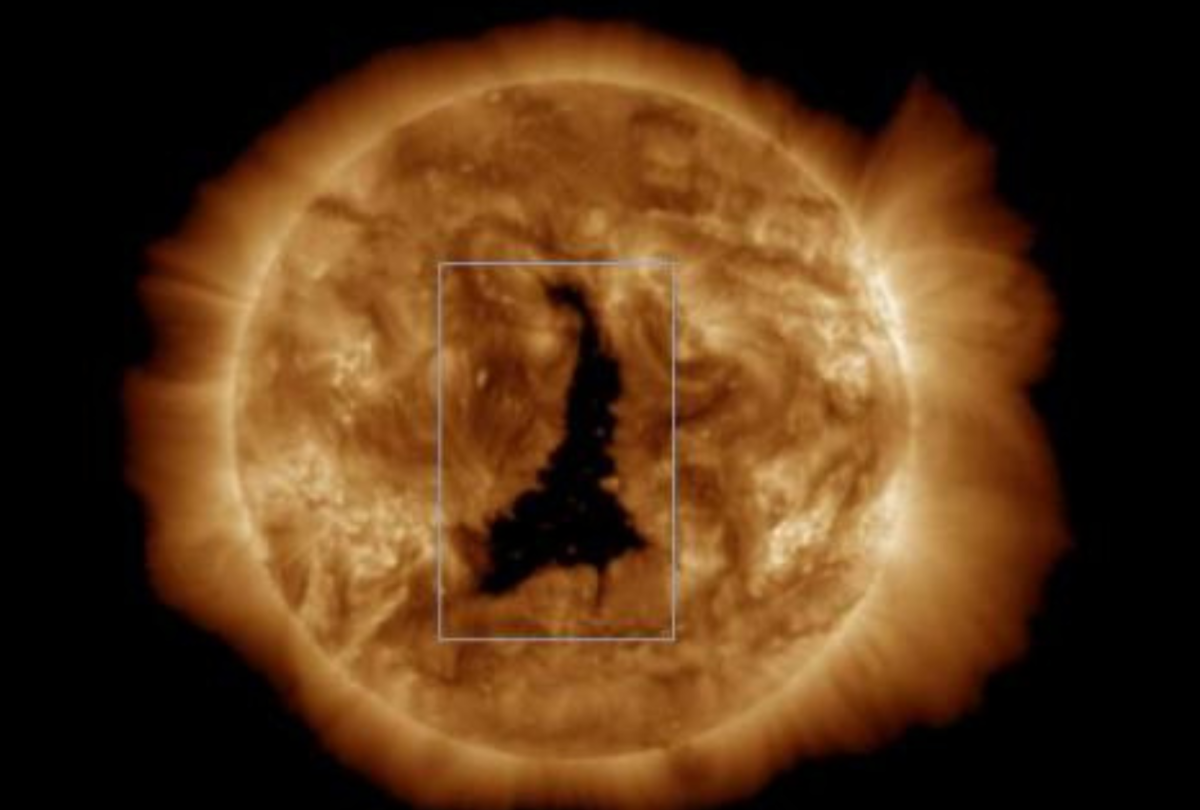Weeks of significant solar events have sparked concerns over the potential for more geomagnetic storms, prompting National Weather Service forecasters to issue a Geomagnetic Storm Watch.
National Oceanic and Atmospheric Administration’s Space Weather Prediction Center (SWPC) forecasters warned on Saturday that after a recent geomagnetic storm created a spectacular northern lights display, additional geomagnetic storms are expected.
Geomagnetic storms are classed on a scale from G1 (minor) to G5 (extreme) and are usually caused by coronal mass ejections (CME), which is a massive eruption of magnetized plasma from the sun’s outer atmosphere, called the corona, SWPC Project Manager Bryan Brasher told Newsweek in an interview on Saturday. He said CMEs are expelled in regions of high magnetic activity, which can include sunspots. The sun may also send out solar flares, which are bright bursts of electromagnetic energy.
A G2 storm is forecast for Sunday followed by a G1 on Monday, according to SWPC.
NASA/Solar Dynamics Observatory/Getty
“These [CME] events can release billions of tons of material into space at high speeds up to a million miles an hour,” Brasher said. “They take anywhere from 15 hours to 4 days to reach Earth. When a CME reaches Earth, it interacts with our magnetic field potentially causing geomagnetic storms. These storms can lead to disturbances in power grids, satellite operations, communication and navigation systems, etc., as well as generate spectacular auroras.”
More powerful geomagnetic storms can cause the northern lights to creep further and further south. The recent storm warning, which ended Saturday morning, reached “strong” G3 levels, Brasher said, which allowed dazzling displays of aurora borealis to be seen much further toward the equator than normal. Colorful skies were reported in parts of Arizona and Texas, according to local media.
CMEs that were ejected from the sun on November 27 and 28 sparked the recent geomagnetic storms in addition to the warning for the upcoming event.
These CMEs last month triggered a flurry of “significant” solar activities and observations by space weather forecasters, including a notable solar flare that was detected on November 28. Sun flares and CMEs generally go “hand in hand,” according to Daniel Brown, an associate professor in astronomy and science communication at Nottingham Trent University in the U.K.
“A good comparison is that a flare is the flash of a muzzle while the CME is actually the cannonball traveling and possibly hitting us,” Brown previously told Newsweek.

SPACE WEATHER PREDICTION CENTER
Brasher said that the G scale helps forecasters assess the potential impacts of geomagnetic storms on essential services and critical infrastructure but noted that SWPC has “not received any information about impacts at this time.”
He said that the sun’s activity ebbs and flows during 11-year cycles and it is approaching a “solar maximum” in 2024, which causes more CME events as the end of the cycle nears. The most recent storm was the seventh G3 since 2019, according to Brasher, who said that there have been two severe G4 storms this year. Despite the recent uptick in solar events, he said it’s common and people have nothing to fear.
“Although there are still many open questions about the science of the sun, the effects of space weather, particularly on the power grid and satellites, is generally understood and mitigation measures can be taken. The general public need not be concerned about space weather.”
The most powerful geomagnetic storms are the least common, according to SWPC, which notes that while there may be 1700 G1 storms per 11-year solar cycle, there are usually only around 100 G4 storms and fewer than five G5 storms during that same period.
Forecasters keep tabs on the sun’s activity through the Deep Space Climate Observatory (DSCOVR), a satellite that maintains solar wind monitoring capabilities, which are vital for space weather alerts and forecasts,
“SWPC plays a vital role in safeguarding critical infrastructure and essential services from the impacts of space weather,” Brasher said. “Our dedicated team remains vigilant, monitoring solar activity around the clock to provide accurate forecasts and timely warnings.”
Uncommon Knowledge
Newsweek is committed to challenging conventional wisdom and finding connections in the search for common ground.
Newsweek is committed to challenging conventional wisdom and finding connections in the search for common ground.


